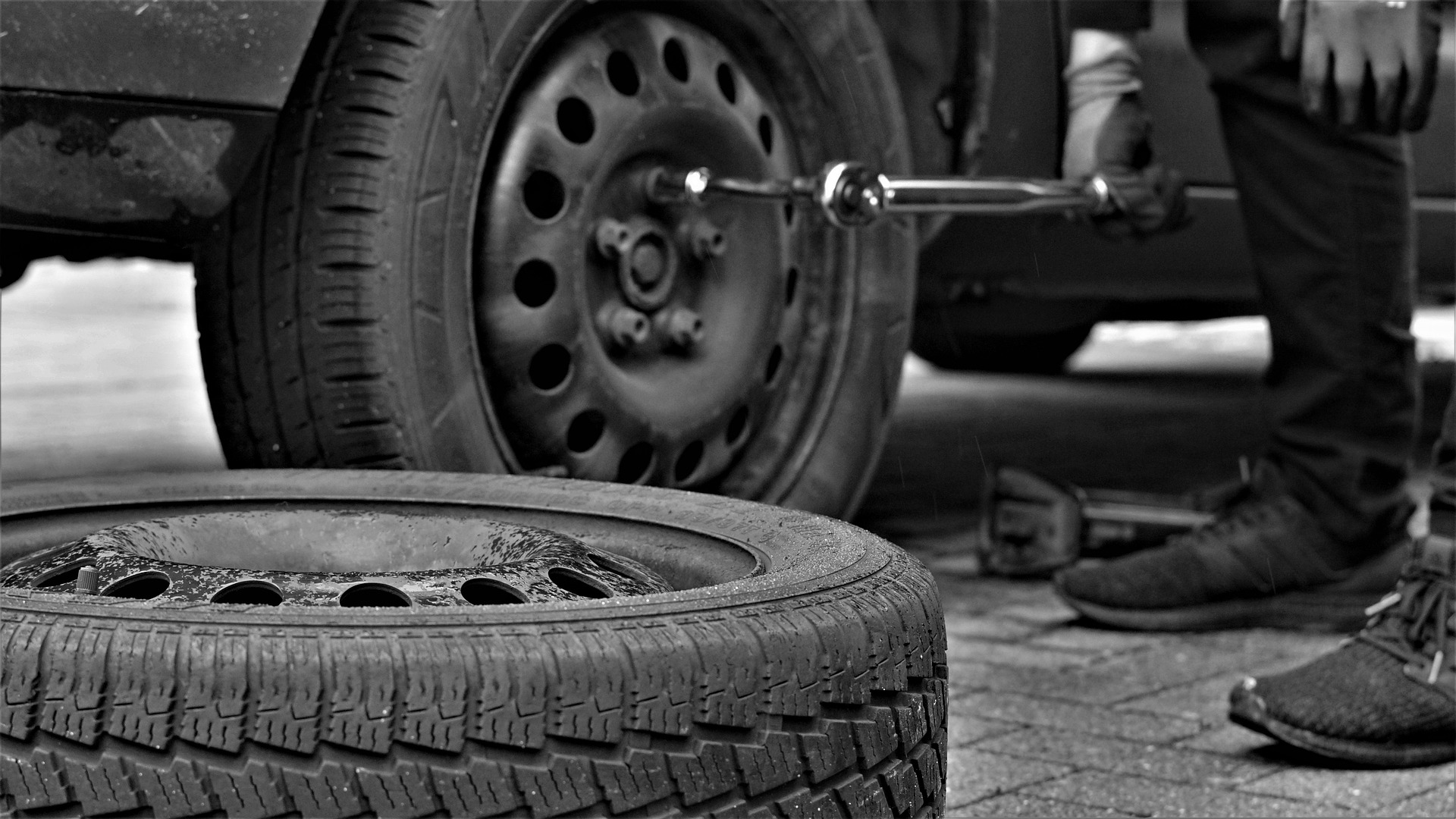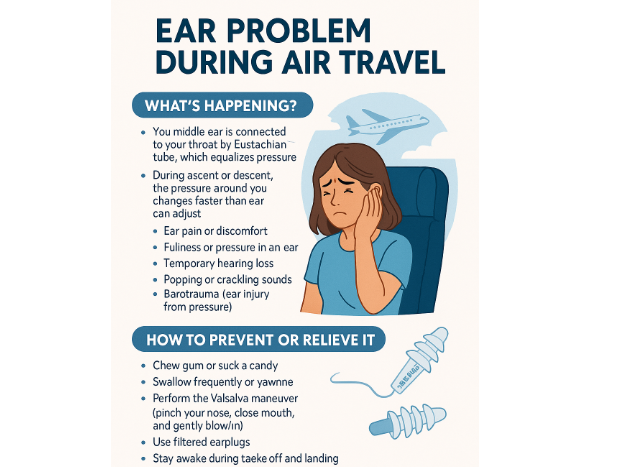As every year, the situational winter tyre requirement ends on 15 April 2024. The ÖAMTC explained in a press release on Wednesday what needs to be observed this year too.
However, the ÖAMTC advises not to rely solely on the specified date, as April is known for its sudden changes in weather. It is, therefore, advisable to monitor the current weather situation.
Other safety aspects to bear in mind
Summer and winter tyres should only be used in the corresponding season, as otherwise there will be significant safety restrictions in traffic. If you don’t want to change your tyres, opt for all-weather or all-season tyres. “Whether all-season tyres are a good and safe option depends on the individual situation. There are good all-season tyres – but compared to summer and winter tyres, they are always a compromise. If, for example, you tend to drive in urban areas all year round, they can definitely be an alternative,” says ÖAMTC technician Steffan Kerbl.
The ÖAMTC advises against changing tyres yourself. If you still want to do it yourself, remember a few points. “First and foremost, you should inspect each individual tyre thoroughly for external damage and cracks. The tread depth should be checked generously, as the tyre properties deteriorate from just 4 millimetres. In addition, the 1.6-millimetre minimum tread depth still applies at the end of the summer season,” explains the ÖAMTC expert. When tyres are changed in a garage, the check is carried out by professionals.
The system must also be recalibrated in modern cars with a tyre pressure monitoring system (TPMS). “If you change the wheels yourself and then see the tyre symbol flashing on the dashboard, you should have the tyre pressure monitoring system updated at an ÖAMTC service centre or a specialist garage,” says Kerbl.
Ideally, hang tyres on the wall or a rim tree.
Tyres should be stored in a dark, cool and dry place.
Before doing so, it is advisable to mark the tyres with chalk according to their last vehicle position, e.g. “VR” for the front right or “HL” for the rear left. “After about 10,000 kilometres, the tyres should be changed axle by axle. The right front tyre should be mounted on the right rear, the left front should be mounted on the left rear. This ensures that the tyres are worn evenly,” explains Kerbl.
- source: vienna.at/picture: pixabay.com
This post has already been read 5390 times!



